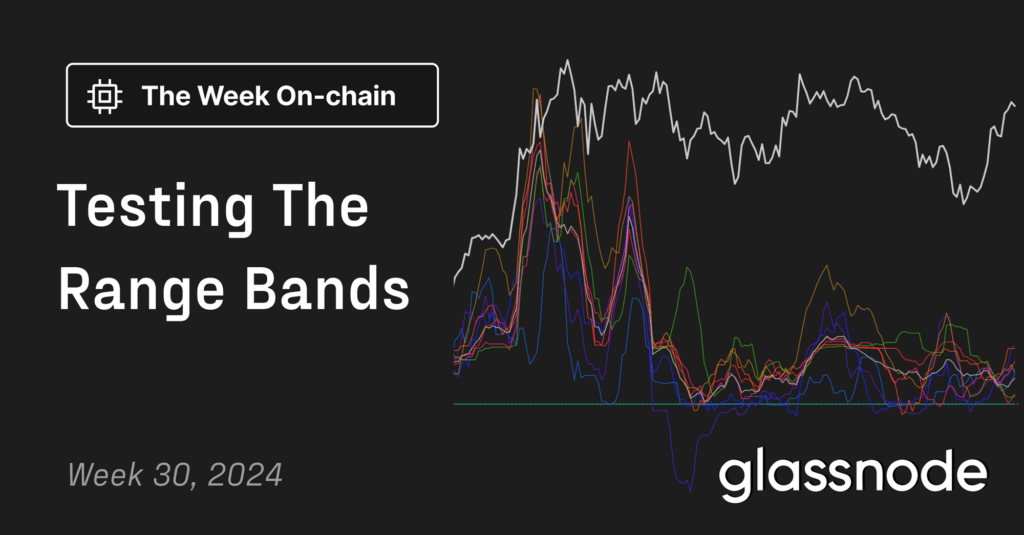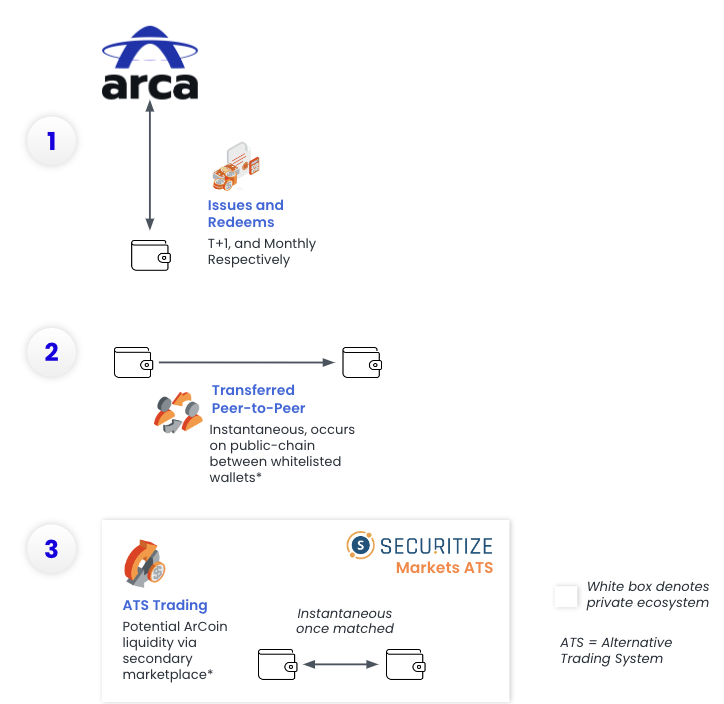Podcast Summary
In this podcast, William, the founder of Botanics Labs and Spider Chain, discusses the evolution of Bitcoin’s ecosystem and the development of Botanics, a new L2 EVM (Ethereum Virtual Machine) built on Bitcoin. Botanics aims to bring utility and activity to Bitcoin, potentially increasing its value. The podcast also introduces the concept of the “spatter chain,” a highly decentralized layer two solution. The discussion also touches on the development of bridges for Bitcoin and other Ethereum assets to Botanics, the potential for a Bitcoin-backed stablecoin, and the future plans for Botanics.
Key Takeaways
Botanics: A New Layer for Bitcoin
- Introduction of Botanics: Botanics is a new L2 EVM built on Bitcoin, aiming to bring utility and activity to Bitcoin, potentially increasing its value. Unlike Stacks, which operates on its own token, Botanics runs entirely on Bitcoin, allowing dApps that work on Ethereum to operate on Bitcoin.
- Infrastructure Solution: The infrastructure solution for Botanics involves Spider Chain, which ensures a two-way peg between Bitcoin and Botanics. Users can send Bitcoin to Spider Chain and receive it back as a native currency on the EVM, with gas fees accruing back to the stakers.
- Security Measures: Botanics secures its EVM through a proof-of-stake system built on Bitcoin. To prevent collusion or malicious attacks, Botanics employs a concept called forward security, which ensures that if a majority of stakers become malicious, they can only compromise future multisig wallets, not the existing ones.
Spatter Chain: A Decentralized Layer Two Solution
- Introduction of Spatter Chain: The podcast introduces the “spatter chain,” a highly decentralized layer two solution due to its open full node running capability, ensuring that no single entity can unilaterally change the code or control the assets.
- Proof of Stake Consensus: The spatter chain operates on a proof of stake consensus, which is expected to be resilient against potential government crackdowns on layer two solutions, as it does not face the same centralization risks.
Future Plans for Botanics
- Testnet Deployment: The testnet deployment of Botanics has seen a high level of engagement, with many users testing the platform and deploying bots, although it faced challenges with a high volume of transactions and low gas limits, leading to buggy performance.
- Mainnet Launch: Looking ahead, Botanics plans to relaunch an improved testnet capable of handling the bot traffic, with a mainnet launch targeted in a few months, specifically in Q2, and further business development and partnerships in the pipeline for the latter half of the year.
Mayet: A New Blockchain Project
- Introduction of Mayet: The podcast episode features a discussion about Mayet, a new blockchain project that aims to create a dynamic federation for running full nodes in a permissioned manner, ensuring network security with a trusted liquid staking provider.
- Future Plans: The project’s roadmap includes starting with standard staking without slashing penalties, with the introduction of slashing and various tests planned for the end of the next year, aiming for full decentralization by the beginning of 2025.
Sentiment Analysis
- Bullish: The podcast expresses a bullish sentiment towards the potential of Botanics and the spatter chain. The introduction of these new platforms is seen as a significant step in the evolution of Bitcoin’s ecosystem, potentially increasing its value and utility. The podcast also expresses optimism about the future plans for Botanics, including the relaunch of an improved testnet and the mainnet launch targeted in a few months.
- Neutral: While the podcast is generally bullish, it also maintains a neutral stance by acknowledging the challenges faced during the testnet deployment of Botanics, such as a high volume of transactions and low gas limits leading to buggy performance. It also recognizes the complexity of having multiple versions of the same asset due to different bridging partners.













